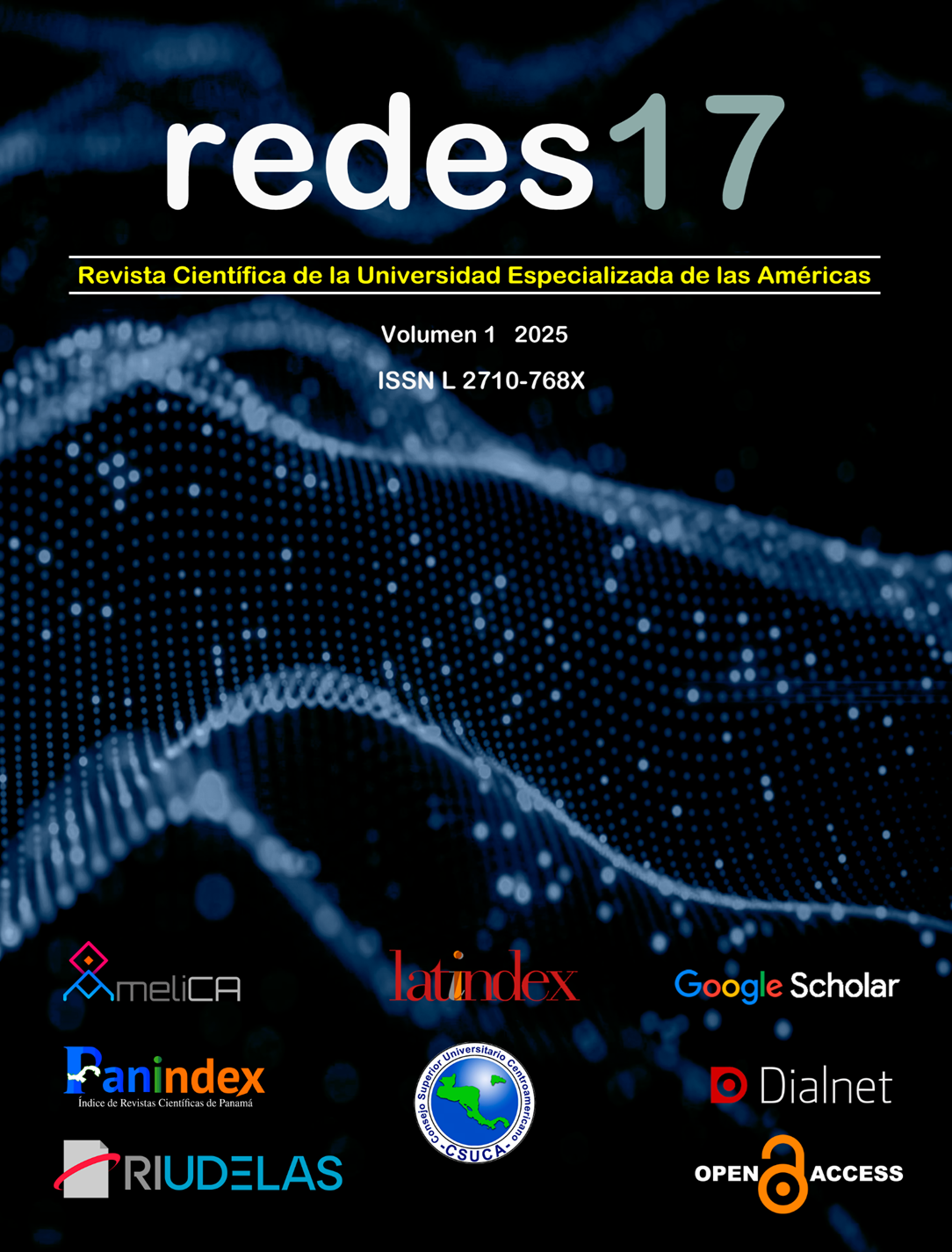Risk factors associated with low back pain in teachers and administrative personnel at the administrative personnel at the UDELAS, Panama campus
Keywords:
low back pain, physical therapy, postural hygiene, risk factors, university communityAbstract
In the Republic of Panama, data on low back pain are limited and most of them are focused on the population that involves a high demand of physical condition in their work place. Data on teachers and administrators are rarely mentioned. The objective of this study was to determine the risk factors associated with low back pain in teachers and administrative staff at the UDELAS Panama branch. It is an observational, analytical, descriptive, cross-sectional and retrospective study. This study carried out a statistical analysis that allows identifying the magnitude of the factors associated with low back pain, as well as a clinical analysis of the symptomatology. Instruments were used to evaluate: ergonomics in the workplace, physical activity performed, muscle strength, body mass index (BMI), joint range, occupation, among others. The evaluation instrument was carried out by means of Google Forms for the risk factors and the part of symptomatology in a face-to-face manner, made up of six sections. Regarding the population, 41 participants took the virtual assessment and 25 of them took the face-to-face assessment. Regarding the results, the predominant risk factors were prolonged sitting time with a total of 68%, obesity with 64%, age between 46 and 55 years with 37%, female sex with 76% and little physical activity giving a percentage of 72% of the study sample. Regarding the results of the clinical characteristics, a decrease in strength in the left lower limb was found with 56% and a decrease in joint range in hip flexion with 72%, difficulty sleeping (26%) and limitations in activities (21%), bad mood (19.4%). This study seeks to raise awareness about the prevalence of low back pain in employees, determining its causal factors, proposing active rest during working hours and physical activity.
Downloads
References
Keitel, (2007). Ein Mann mit eigenen Ansichten – Paul Schober (1865–1943). Z.
Rheumatol. 66, 157–162 https://doi.org/10.1007/s00393-006-0057-0.
Organización Mundial de la Salud (2023). Lumbalgia. OMS. https://www.who.int/es/news
room/fact-sheets/detail/low-back-pain
Roman-Viñas, Serra-Majem, Hagströmer, Ribas-Barba, Sjöström, & Segura-Cardona, R.
(2010). International Physical Activity Questionnaire: Reliability and validity in a
Spanish population. European Journal of Sport Science, 10(5), 297–304.
https://doi.org/10.1080/17461390903426667.
Médica,
Salinas, Flores & Madrigal, (2021). Repercusiones en la salud a causa del teletrabajo.
Revista
Sinergia,
(02),
bin/new/resumen.cgi?IDARTICULO=98352.
–8.
https://www.medigraphic.com/cg
Sanabria León. (2015). Prevalencia de dolor lumbar y su relación con factores de riesgo
biomecánico en personal de enfermería. 2014-2015. Medicina, 37(4), 319–330.
https://doi.org/10.56050/issn.0120-5498.
Sonne & Andrews, (2012). The Rapid Office Strain Assessment (ROSA): Validity of
online worker self-assessments and the relationship to worker discomfort.
Occupational Ergonomics, 10(3), 83–101. https://doi.org/10.3233/oer-2012-0194.
Tapia, (2018). Panamá América: Dolor lumbar, uno de los males más comunes entre
los panameños. Panamá América. https://www.panamaamerica.com.pa/nacion/dolor
lumbar-uno-de-los-males-mas-comunes-entre-los-panamenos-1105356.
Wheeler, G., E Wipf, E. O Staiger, A Deyo, & G Jarvik, (2022). UpToDate; Wolters Kluwer.
https://www.uptodate.com/contents/evaluation-of-low-back-pain-in-adults?search#H23.
Downloads
Published
How to Cite
Issue
Section
License

This work is licensed under a Creative Commons Attribution-NonCommercial-ShareAlike 4.0 International License.







